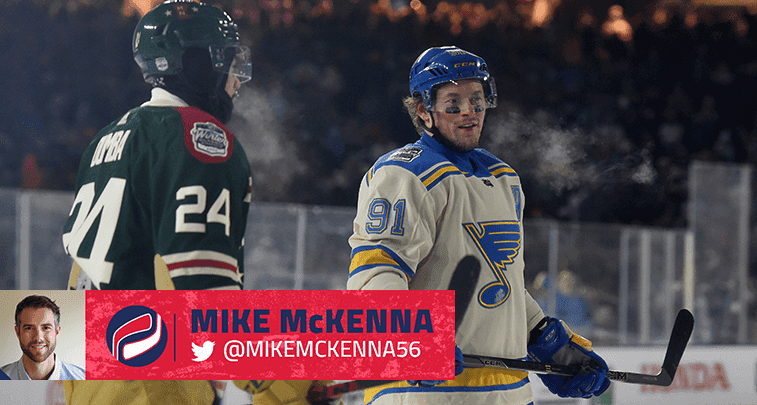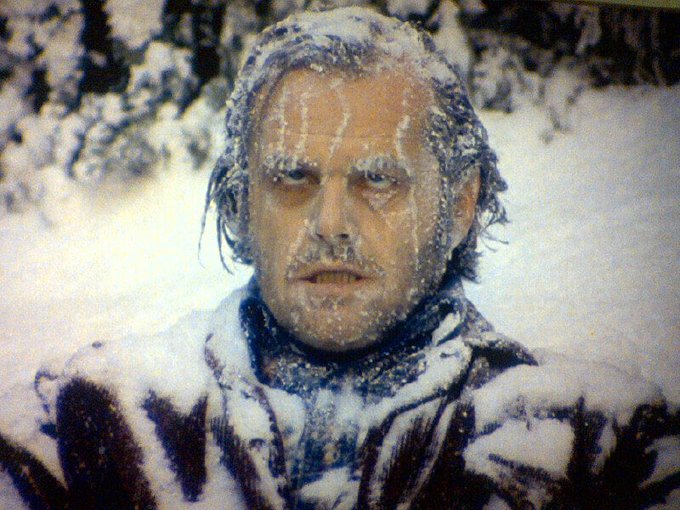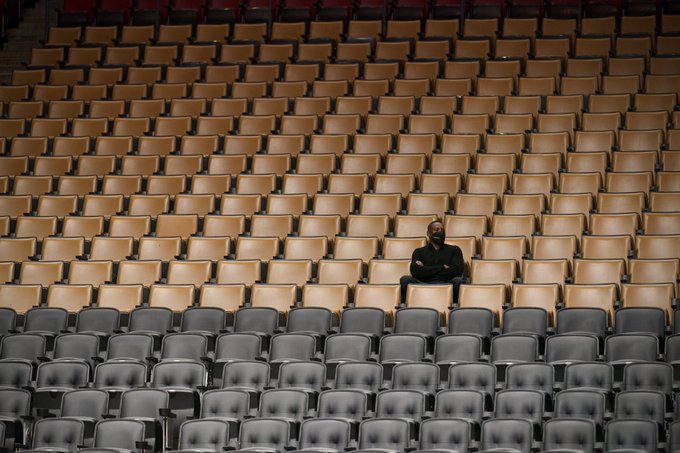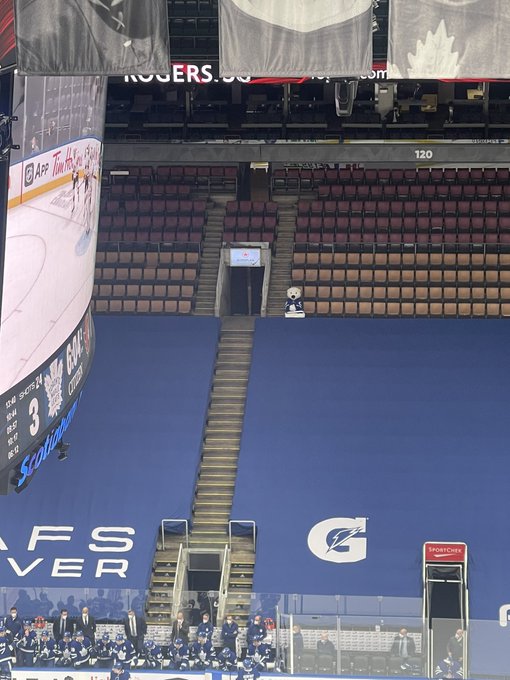McKenna’s Musings: Difference in COVID policies between Canada & the U.S. on full display

What’s on my mind…
The Winter Classic was AWESOME.
I’m a sucker for special events and the Winter Classic didn’t disappoint. From the Blues arriving in beach attire to the chicken broth in the water bottles – there was a huge fun factor. Which is amazing given the bitterly cold temperatures.
It was a compelling game. Jordan Kyrou arrived on the big stage for the St. Louis Blues, tallying a Winter Classic-record four points. The Minnesota Wild mounted a strong comeback in the third period to keep things interesting. And we should all be grateful for the frozen facial hair of Jon Merrill and Ryan O’Reilly. Full credit to the players for powering through challenging conditions and putting on an entertaining hockey game.
Art imitates life. 🥶
The NHL needed this year’s Winter Classic. The Olympics aren’t happening. A lot of games have been postponed. And I think the entire hockey world is apprehensive about how the rest of the 2021-22 season will play out. But for one day – one event – the NHL had everything go right.
Except one thing.
There were eight other games scheduled for New Year’s Day 2022. Why? In what world does this make sense? I understand it was a Saturday and a good chance for ratings in some markets, but how does that not cannibalize viewership for the Winter Classic?
It’s a marquee event for the NHL. Maybe even the biggest. And it should be treated as such.
Good luck to the Canadian teams trying to sign free agents this coming offseason
We’re in the midst of large sections of Canada going into COVID lockdown, yet almost 40,000 Americans packed into an outdoor stadium to watch a hockey game. Talk about a juxtaposition in beliefs and risk tolerance.
Fan attendance is the lifeblood of the NHL. And with the Canadian government limiting – or completely eliminating – attendance in some cities, it’s thrown a major wrench into the league’s schedule. Players and owners have no financial incentive to play in front of empty buildings. So here we are kicking the can down the road, postponing NHL games in Canada with hopes that fans can return sometime in the near future.
Who did it better? [Masai photo courtesy @nelcam ]
Is that really going to happen, given how Canada has treated COVID so far? I could easily envision the attendance issue dragging on for months. At that point, what do the Canadian teams do? Go on extended road trips? Temporarily set up shop in the USA?
These are the questions players are currently asking themselves. And there’s no answer. Just speculation and frustration. That’s why I think Canadian teams are going to be in a real pickle trying to sign free agents in the summer of 2022. Because remember, decisions on where to play extend beyond the player. It’s about their families, as well.
For many, it’s been really unpleasant dealing with all the restrictions put in place by the Canadian government. It’s a stark contrast to the United States, where players and their families have more or less been able to do what they please until the NHL and NHLPA tightened up COVID rules in December.
So why would any player sign with a Canadian team knowing there’s a good chance that society will not be returning to “normal” there anytime soon? I wouldn’t. Unless I was desperate for a contract.
Goals galore!
Before the holiday break, NHL teams were averaging just under six goals per game. Since returning the play, the number has ballooned north of seven. And no lead seems safe. On New Year’s Day, the Carolina Hurricanes overcame a four-goal deficit to beat the Columbus Blue Jackets, 7-4.
That’s just the tip of the iceberg. Teams are scoring at will right now. The easy thing to do is blame the goaltending. Sure, goalies are rusty. I can speak to that first hand; the first skill to go is puck tracking. It used to take me about two weeks leading up to – and during – training camp before I felt comfortable. That number is lower in-season, but the effects are real.
There is – and was – quite a few starting goaltenders unavailable to play while in COVID protocol. So there’s a level of inexperience on display. The goaltending hasn’t been the greatest. But teams have been so loose defensively coming out of the break that at times it’s looked like summer hockey.
That shouldn’t be surprising. It’s not just that players had time off. It’s that COVID has ravaged the NHL and teams are cobbling together lineups full of players called up from their AHL affiliates. It’s not that they aren’t good players. They are. But it takes time to adapt to new surroundings. Coaches, teammates, systems, buildings, travel – it’s all different when you get called up to the NHL.
Expecting those players to integrate seamlessly and play stout defense is a stretch. Sure, it’s what coaches and management desire. Players want to be responsible without the puck. But it’s a hard thing to teach on the fly. Systems are put in place at the start of the season, but they morph over time. And no matter how similar an AHL affiliate’s systems might be, coaching preferences will always create a degree of separation.
Ultimately it’s on the players to adapt. From day one, young athletes want to score goals. They practice offense relentlessly both on the ice and at home. Just about everyone that makes it to the NHL was a scorer at the previous level. But the ones that are able to stick around? The players who might just earn a full-time promotion to “The Show”? They’re the ones who prove they can play on both sides of the puck.
I’m sure coaches haven’t been thrilled with the defensive play since the break. But everyone knows the situation. Right now there’s some leash allowed by the bench bosses. But it’s getting shorter every day. Teams that can’t reign in goals against will quickly be out of the Stanley Cup playoff picture.
More from Mike McKenna
- Ranking every NHL goalie tandem for 2023-24
- Staring down Lou: How standing up for yourself can change a player’s career
- Why it’s time to embrace ‘gambles’ like the Jake Sanderson contract
- Why we shouldn’t view Sheldon Keefe’s contract extension as a vote of confidence
- ‘Two Sean O’Connors?’ NHL training camps bring the funny – and the weird



